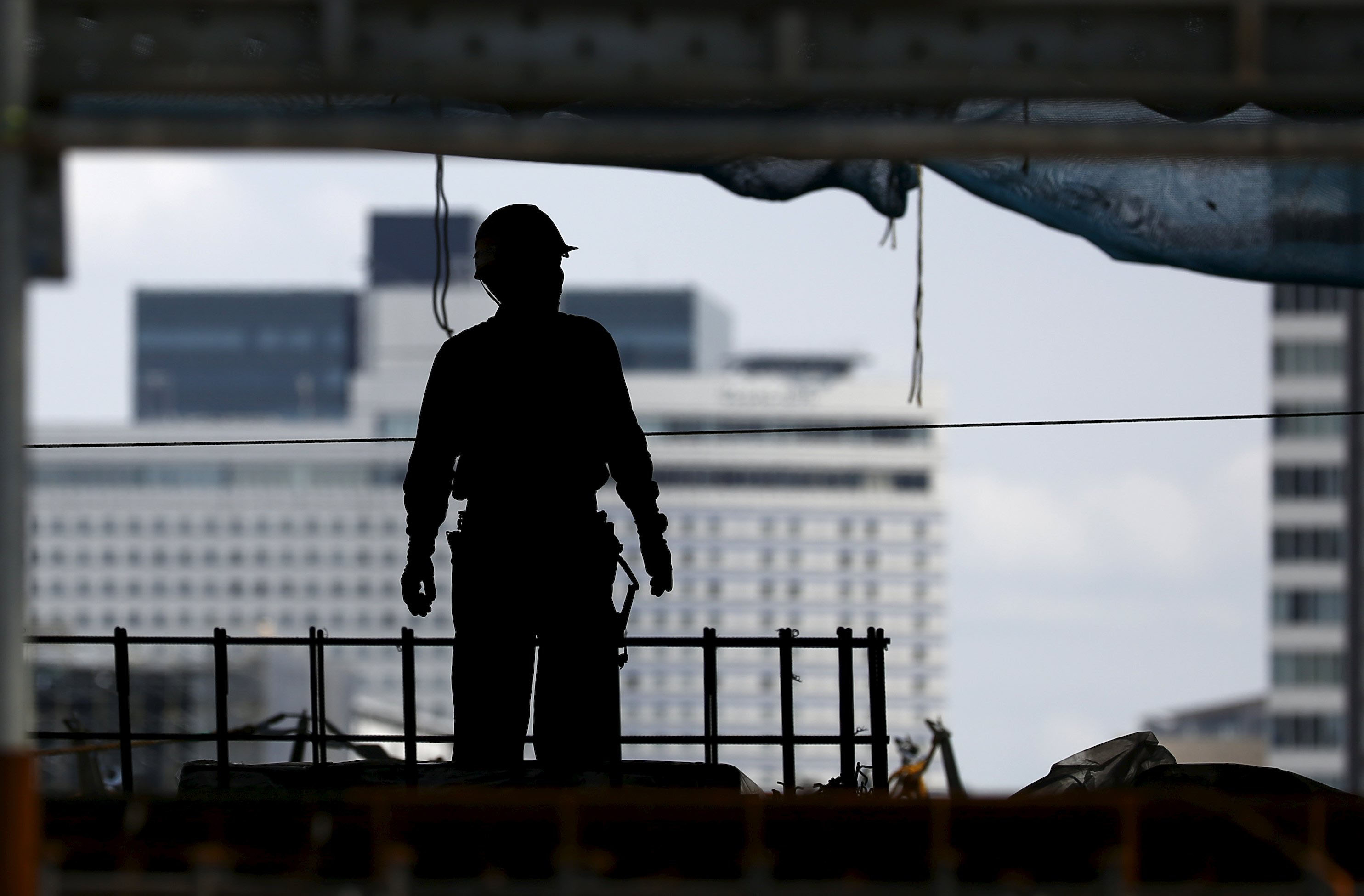The first time I visited the Sanya district in Tokyo's Taito Ward, I saw a lot of men drunk and passed out in the street and assumed they were all homeless, but as it turned out most worked and rented rooms in the area.
Later, I moved to the edge of Sanya, and sometimes observed the routine that defined it. Vans would show up early in the morning, pick up these men and take them to work at construction sites. In the evening they were returned to Sanya. Their existence was day-to-day, hand-to-mouth. They were not regular employees of the subcontractors who hired them. In most cases they did not pay into any national social security plan, though they were supposed to. And because their situation was precarious they could not rent apartments, since landlords required deposits and guarantors. Sanya is filled with temporary lodgings called kanishuku hakujo, where you pay by the day for a tiny room with access to a communal toilet and bath.
According to the conventional narrative, these men built Japan. They flocked to Tokyo and other major cities after the war and worked for peanuts in construction and manufacturing. Unlike in the United States, where construction work is unionized and coveted, in Japan it is performed by temps hired on the fly. And while they dwell at the lowest economic and social level, they have been romanticized in popular culture for their rough independence, which stands in stark contrast to the typical worker-bee salaryman model.



















With your current subscription plan you can comment on stories. However, before writing your first comment, please create a display name in the Profile section of your subscriber account page.